10 Red Flags Your Hair Loss May Be Due to Disease: When to See a Doctor
Hair loss is something most people experience at some point in their lives. Often, it’s just a natural part of aging or a response to nutritional deficiencies. But in some cases, it can be a sign of an underlying health issue that requires attention. Knowing how to tell the difference between normal shedding and disease-related hair loss can be key to getting the right treatment early on. Here, we’ll explore ten signs that your hair loss might be due to a medical issue, and why you should consider seeing a doctor if you notice any of them.
1. Sudden and Rapid Hair Loss
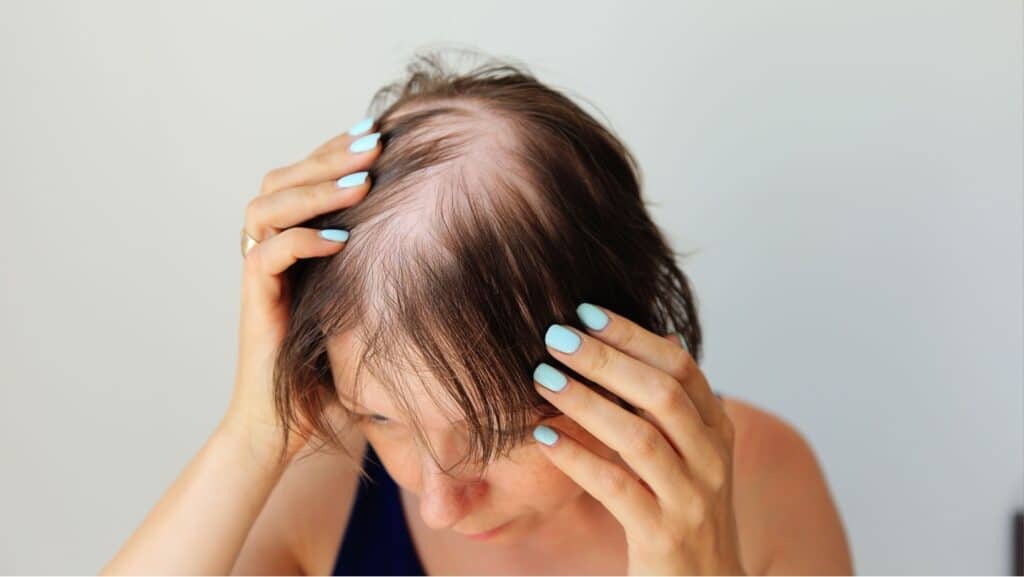
If you notice a large amount of hair loss over just a few days or weeks, it could be more than typical shedding. Sudden, rapid hair loss may indicate a condition called telogen effluvium, often triggered by severe stress, illness, or hormonal changes. This type of hair loss tends to occur quickly and may result in noticeably thinner hair. When this happens, consulting a healthcare professional can help you identify any underlying causes.
2. Patchy Hair Loss
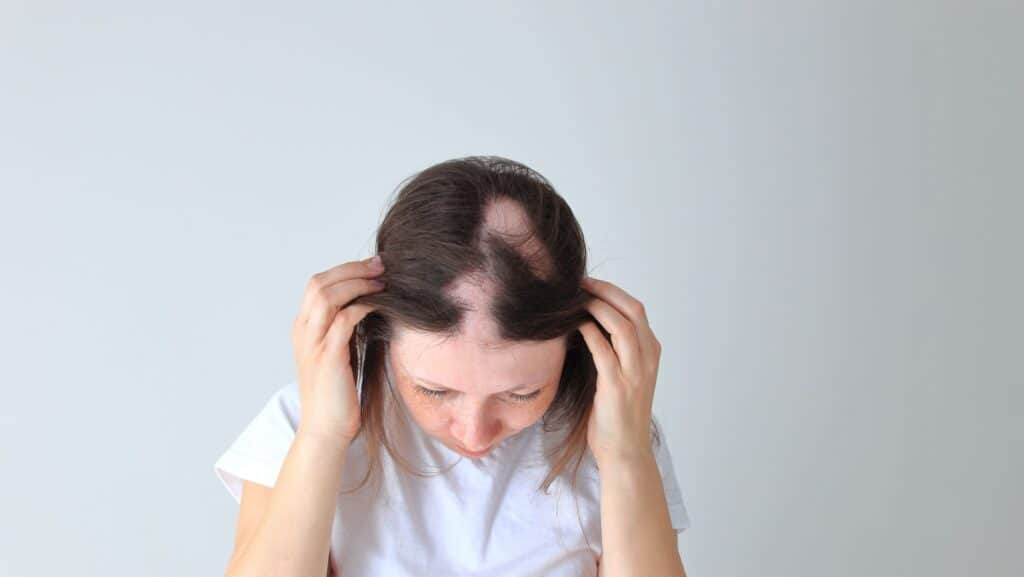
Circular bald spots or patches of missing hair could be signs of alopecia areata, an autoimmune condition where the immune system mistakenly attacks hair follicles. Alopecia areata often appears out of the blue and can affect any hair-bearing area, including your eyebrows and eyelashes. Seeking medical advice is important, as treatment can help manage this condition.
3. Scalp Abnormalities
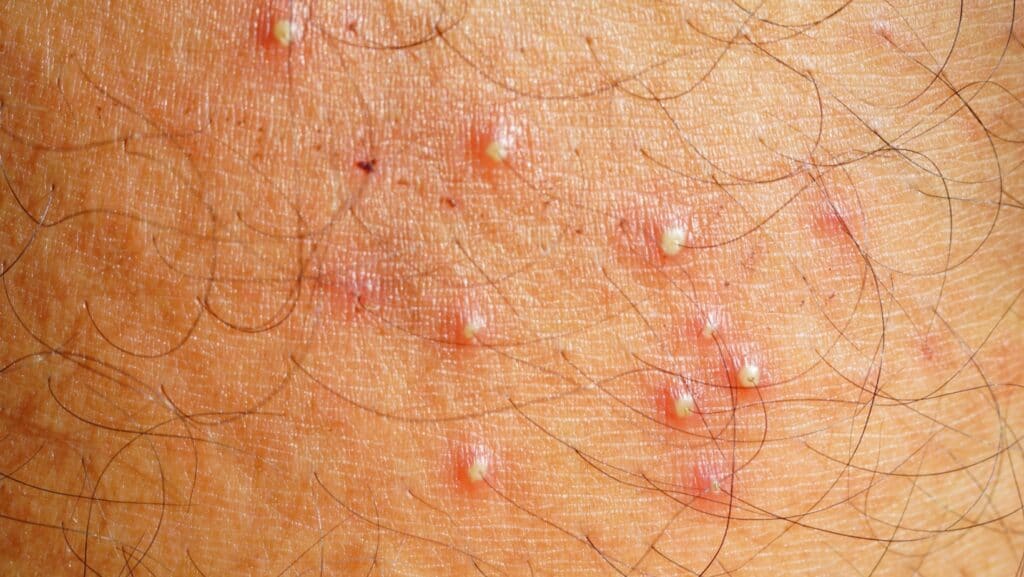
Hair loss accompanied by scalp changes like redness, scaling, or pustules may suggest a condition like folliculitis or scarring alopecia. These conditions can lead to permanent hair loss if untreated, so early intervention is essential. If you notice any unusual changes on your scalp, don’t hesitate to consult a dermatologist.
4. Systemic Symptoms

Hair loss that comes with symptoms like fatigue, unexplained weight changes, or joint pain could be related to systemic diseases like lupus or thyroid disorders. In these cases, hair loss is often one of many indicators of a broader health issue, making it vital to address the underlying cause with a healthcare provider.
5. Changes in Hair Texture

A sudden shift in hair texture, such as becoming brittle, dry, or experiencing other texture changes, might signal endocrine disorders like hypothyroidism. Endocrine conditions affect hormone levels, impacting hair quality and growth. If your hair changes noticeably, it may be worth getting your hormone levels checked.
6. Symmetrical Hair Loss Pattern
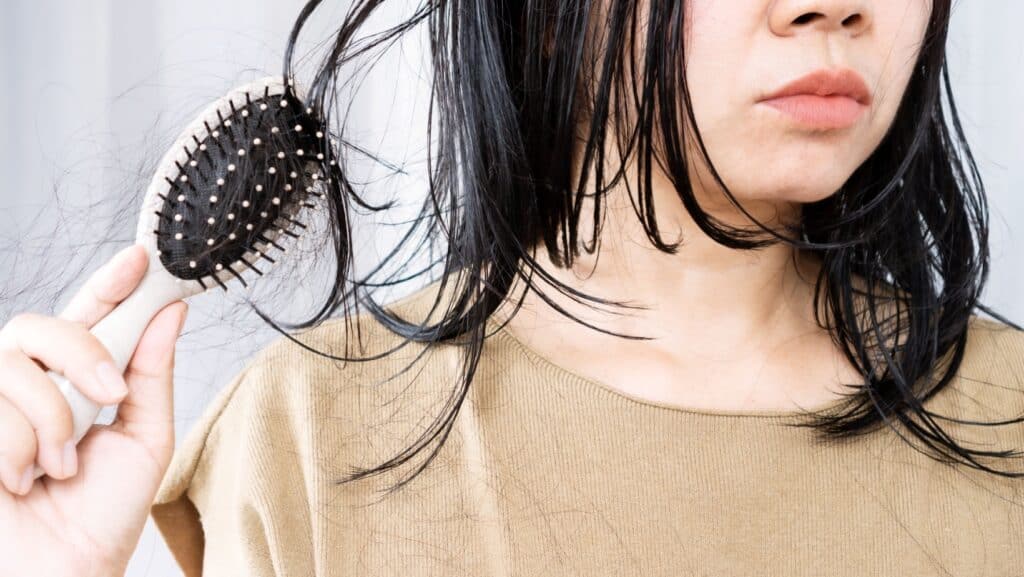
Symmetrical hair loss patterns, such as thinning across the scalp or a widening part, could indicate hormonal imbalances or conditions like polycystic ovary syndrome (PCOS) in women. While male and female pattern baldness is common, if you notice symmetrical hair loss, consulting a doctor can help determine if hormonal factors are involved.
7. Hair Loss with Skin Changes
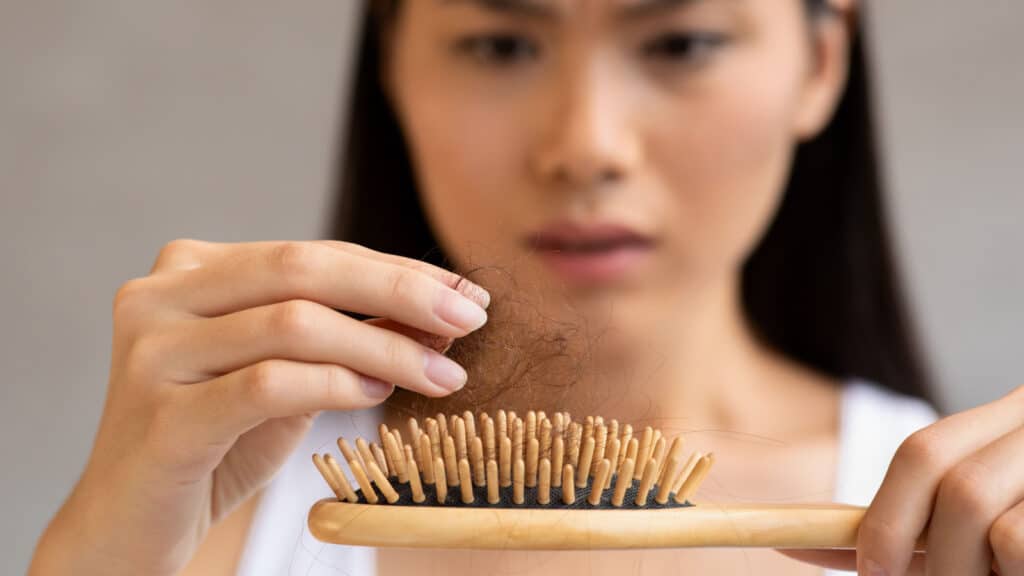
When hair loss happens alongside skin changes on other parts of your body, it may indicate an autoimmune condition like lupus or lichen planus. These conditions can affect both the skin and hair follicles, leading to hair loss as well as skin lesions. It’s important to discuss any combined skin and hair symptoms with a healthcare provider.
8. Excessive Body Hair Loss

While we often think of scalp hair when discussing hair loss, loss of body hair—such as on the arms, legs, or pubic area—can also be significant. Autoimmune conditions or hormonal imbalances may lead to sudden body hair loss, which is worth checking with your doctor if you notice it.
9. Hair Loss Following Medication Changes

Some medications, especially those used in cancer treatment, can cause rapid hair loss. But medications like blood thinners or antidepressants can also result in increased shedding. If you notice a change in hair after starting a new medication, discuss this side effect with your doctor to see if an alternative might be available. This article provides more insight into how different medications impact hair health.
10. Scarring of the Scalp

If hair loss is accompanied by smooth, shiny areas on the scalp where hair no longer grows, it could indicate scarring alopecia. This condition, caused by factors such as autoimmune diseases and infections, often results in permanent hair loss in the affected areas. If you notice scarring, seeking prompt medical advice is critical to prevent further hair loss.
Conclusion
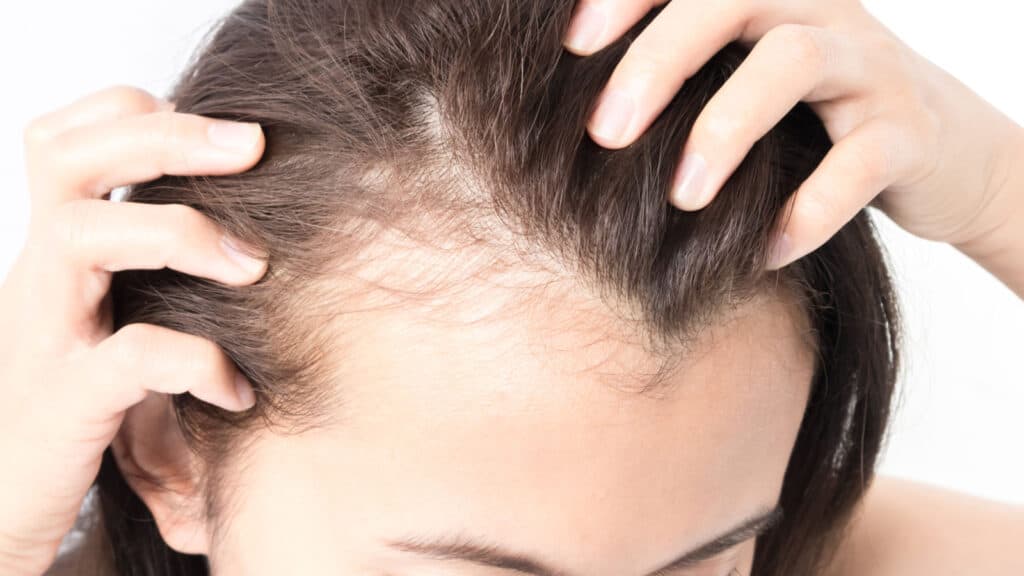
While it’s natural to shed some hair daily, the signs mentioned here could mean there’s more going on beneath the surface. If you’re experiencing any of these symptoms, it’s wise to consult a healthcare professional for a proper diagnosis and treatment. Early intervention can often help prevent further hair loss and address any underlying health issues that may be contributing to the problem.
By paying attention to these red flags, you can take control of your hair health and ensure that any underlying medical issues are addressed early.
Understanding Thinning Hair in Women: Causes and Solutions

Hair loss is a common concern for many women, impacting their confidence and self-esteem. Contrary to popular belief, hair loss isn’t just a problem for men; it affects at least a third of women. However, unlike men who often experience baldness, women typically encounter thinning hair. In this comprehensive guide, we delve into the various causes of thinning hair in women and explore effective solutions to address this issue.
READ: Understanding Thinning Hair in Women: Causes and Solutions
Join Us

Join us on this empowering journey as we explore, celebrate, and elevate “her story.” The Queen Zone is not just a platform; it’s a community where women from all walks of life can come together, share their experiences, and inspire one another. Welcome to a space where the female experience takes center stage. Sign up for our newsletter so you don’t miss a thing, Queen!







